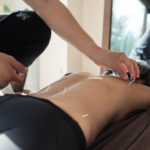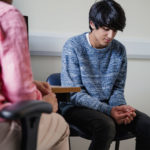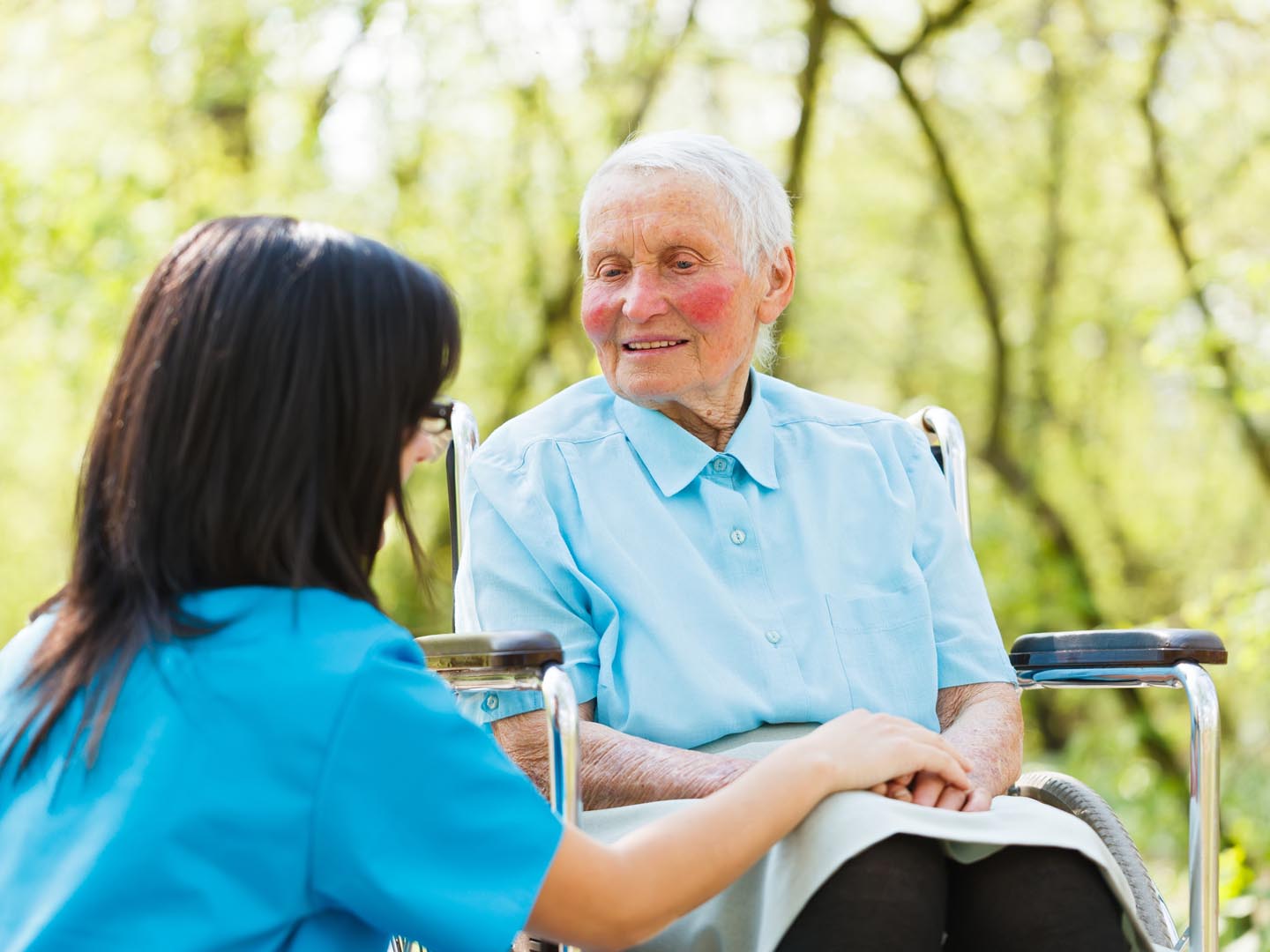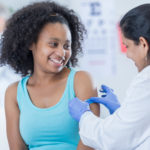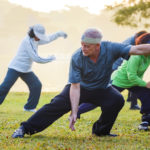Complex Regional Pain Syndrome: Too Much Pain?
I have a nephew who has Complex Regional Pain Syndrome (CRPS). Do you have any natural therapy suggestions?
Andrew Weil, M.D. | May 10, 2018
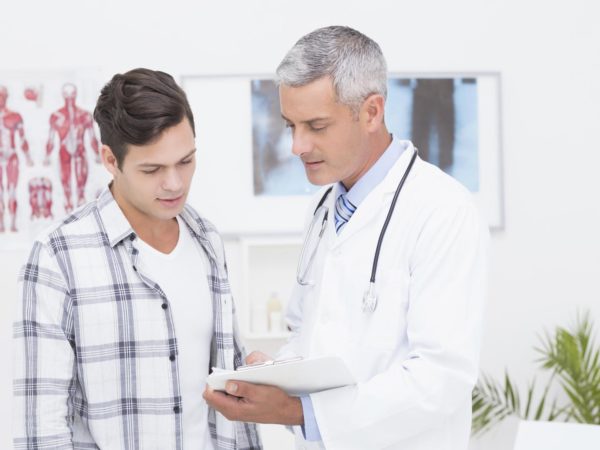
Complex regional pain syndrome (CRPS) is a chronic problem that affects an arm, leg, hand or foot. It can start following trauma to the limb and typically lasts longer than six months. While mild cases eventually resolve, more severe ones can lead to long-term disability. People describe the pain as burning, a pins and needles sensation, or like the affected limb is being squeezed. Other symptoms may be present: changes in skin color and temperature and swelling in the affected area. While 90 percent of all cases occur after an injury, CRPS can also stem from surgery, a stroke, heart attack, and infections. Whatever precipitates it, the pain is out of proportion to the initial injury. CRPS is more common among women than men and can occur at any age, although it is rare in the elderly and in very young children.
The cause of CRPS is believed to be damage to both the peripheral and central nervous systems. In cases where there is no confirmed nerve injury, the condition is known as CRPS-1; with a confirmed nerve injury, the disorder is called CRPS-II.
The outlook often depends on age – in general, children, teens and young adults tend to do better than older people, although recovery is possible at any age. According to the National Institute of Neurological Disorders and Stroke (NINDS), anecdotal evidence suggests that early treatment, particularly rehabilitation, is helpful in limiting CRPS, although this has not yet been proven in clinical studies.
Conventional treatment often includes medication – everything from aspirin and ibuprofen to steroids and opioids, sympathetic-nerve-blocking medication, and intravenous ketamine, a strong anesthetic that can relieve pain but doesn’t improve function. Other therapies that may help are application of heat to relieve swelling and discomfort when the skin feels cool, the use of analgesic creams, physical therapy, biofeedback, and spinal cord stimulation.
Bear in mind that people with CRPS often find that others don’t fully appreciate the extent of the pain they’re experiencing, an added frustration for those dealing with this problem. Beyond that, CRPS patients may develop depression, anxiety, or post-traumatic stress disorder, all of which can worsen the perception of pain and make rehabilitation even more difficult. These conditions must be treated promptly and appropriately. Joining a CRPS support group may be helpful.
Natural treatments that may provide relief include acupuncture, hypnosis, guided imagery and other mind-body approaches. I suggest directing your nephew’s practitioner to the online course on chronic pain management offered by the University of Arizona Center for Integrative Medicine.
Andrew Weil, M.D.
Sources:
ninds.nih.gov/Disorders/Patient-Caregiver-Education/Fact-Sheets/Complex-Regional-Pain-Syndrome-Fact-Sheet
mayoclinic.org/diseases-conditions/complex-regional-pain-syndrome/symptoms-causes/syc-20371151


